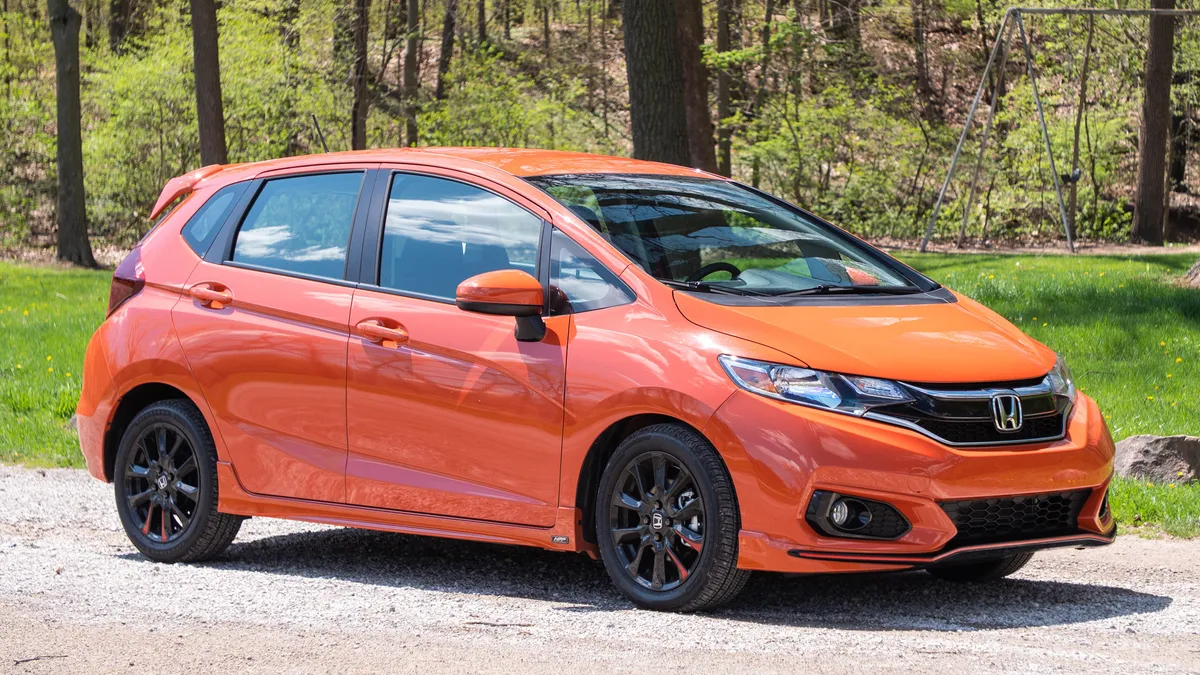When buying a used car, most people rely on online reviews, dealer claims, or a friend’s opinion. But the most valuable advice often comes from those who know cars better than anyone else—mechanics.
These are the people who see which vehicles keep rolling past 200,000 miles and which ones arrive on a flatbed with the same problem, over and over again.
Their shop floor wisdom is forged through greasy hands, broken bolts, and thousands of repairs. They know what’s built to last and what’s destined to drain your wallet.
In this guide, we’re shining a light on both ends of the spectrum. First, we highlight five used cars that mechanics actually like—models they trust, recommend, and don’t mind working on because they’re reliable, straightforward, and cost-effective to maintain.
Then, we’ll dive into five cars mechanics often avoid or warn customers about, either due to poor build quality, hard-to-source parts, or chronic failures that make them not worth the trouble.
Whether you’re shopping for a secondhand daily driver or your first used car, knowing which models mechanics endorse—and which ones make them groan—is the smartest way to avoid unexpected bills and breakdowns.
Also Read: 5 Trucks That Hold Their Value for 10 Years and 5 That Don’t Last 3
5 Used Cars Mechanics Approve
Ask any veteran mechanic to name a few used cars they actually recommend, and you’ll hear the same handful of names pop up again and again.
Why? Because over years—sometimes decades—these models have proven themselves to be reliable, durable, and straightforward to maintain.
They aren’t always the most stylish or feature-packed cars, but they more than make up for it by simply working—day in, day out, without drama.
These are the cars that show up in the shop for routine maintenance, not major surgery. They rarely throw mystery warning lights, don’t require exotic parts or specialized tools, and their engines and transmissions are well-understood and time-tested.
Better yet, they’re typically easy to find on the used market, and parts are widely available and affordable. For mechanics, that means fewer headaches; for owners, it means fewer repair bills.
We’re not just talking about cars that are reliable when new—these are models that remain solid even at 100,000+ miles. Mechanics tend to love them because they’re predictable, accessible, and built with a kind of mechanical honesty that’s increasingly rare today.
In this list, we’ll break down five used cars that mechanics consistently approve of—across different brands, body styles, and price points.
Whether you’re shopping for your kid’s first car, a commuter that won’t let you down, or a secondhand bargain that won’t bite you later, these vehicles are the ones that get a nod of approval from the people who fix everything else.
1. 2012–2017 Toyota Camry (4-Cylinder Models): The Gold Standard of Reliable Used Cars
If there’s one car mechanics never hesitate to recommend, it’s the 2012–2017 Toyota Camry with the 2.5L 4-cylinder engine.
Known for its bulletproof reliability, easy maintenance, and parts availability, this generation of Camry has become a staple in shops for the right reasons: it doesn’t break often, and when it does, it’s easy to fix.
Toyota’s 2.5L 4-cylinder engine is widely regarded as one of the most dependable engines ever made. It doesn’t use a turbocharger, doesn’t have direct injection complications, and avoids the overly complex electronics found in many rivals.
It’s chain-driven, meaning no expensive timing belt replacements, and it’s known to routinely hit 250,000–300,000 miles with just basic oil changes and fluid services.
Mechanics appreciate the easy access to common service items—oil filter, spark plugs, alternator, and even engine mounts are all reasonably reachable.
And because Toyota builds the Camry for global markets, parts are widely available and cheap, whether you’re buying OEM or aftermarket.
Independent shops don’t need special diagnostic tools, and most mechanics have worked on so many of them that diagnosing issues is fast and straightforward.
The 6-speed automatic transmission (used in these years before the switch to an 8-speed in 2018) is also very reliable, with minimal complaints about rough shifting or early failure. CVT? Not here. And that’s a huge plus for longevity.
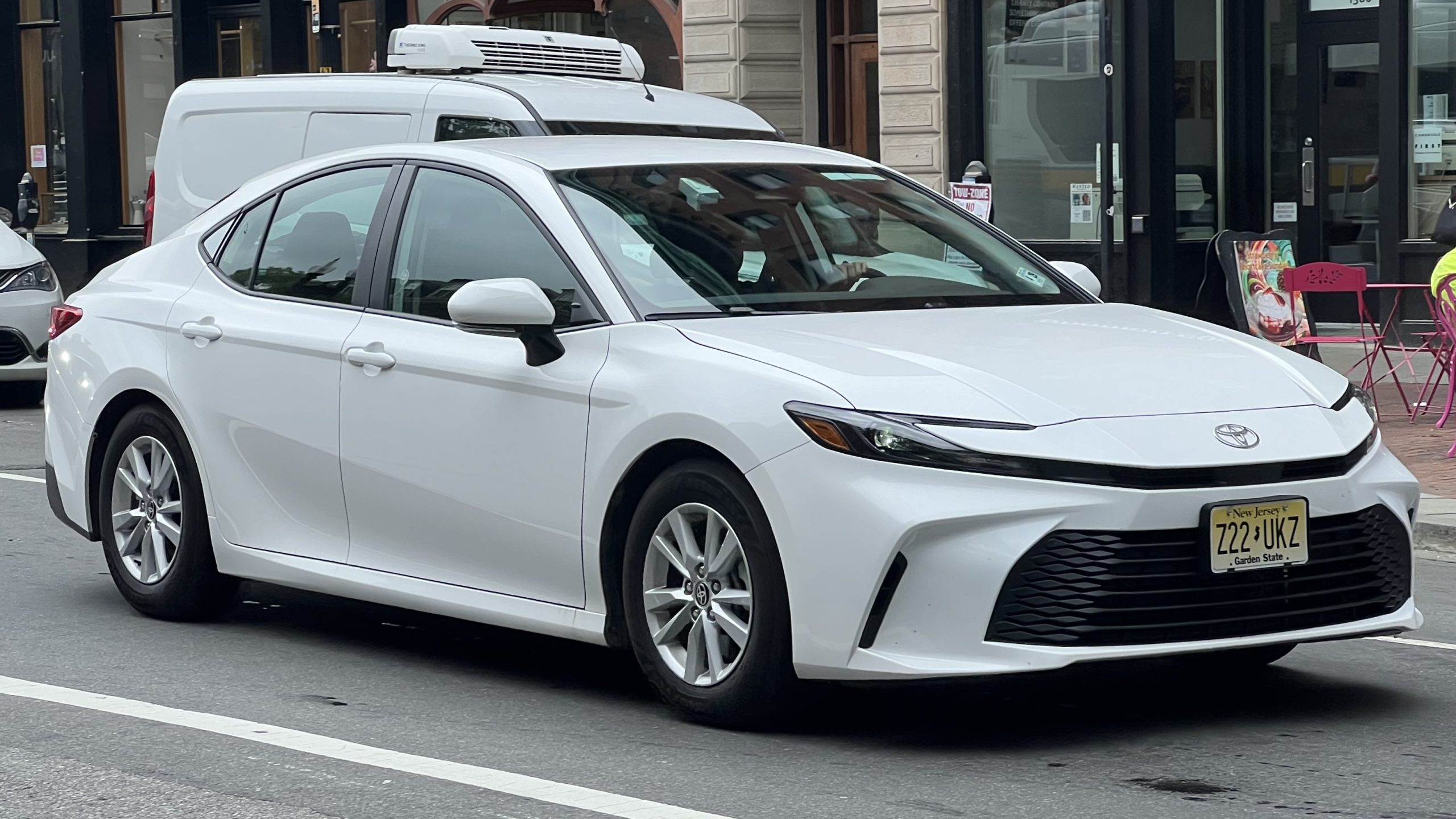
Even beyond the mechanicals, the Camry holds up well to the wear and tear of real life. The interior materials age gracefully, electrical systems tend to last, and safety features like stability control and side curtain airbags came standard on most trims.
We’re including the 2012–2017 Camry first because it’s one of the few used cars that mechanics trust as much as owners do.
It may not stir your soul, but it’ll start every morning, drive across the country, and ask for little more than a regular oil change. For buyers who care more about dependability than excitement, it’s the definition of smart ownership.
2. 2009–2013 Honda Fit: Small Size, Big Respect from Mechanics
Mechanics often rave about the 2009–2013 Honda Fit, not because it’s flashy or powerful, but because it’s a masterclass in smart engineering.
This subcompact hatchback punches far above its weight in versatility, reliability, and ease of service—three qualities that make it a go-to recommendation for anyone looking for a dependable, budget-friendly used car.
The Fit is powered by a 1.5L naturally aspirated four-cylinder engine that is simple, durable, and capable of exceeding 200,000 miles with just routine maintenance.
It doesn’t have a turbocharger, direct injection, or complex emissions systems that often complicate modern engines. It’s old-school Honda—efficient, straightforward, and mechanically sound.
Mechanics appreciate how easy it is to work on. Access to the engine bay is relatively open for a small car, and common maintenance items—air filters, belts, spark plugs, even the alternator—are all serviceable without needing to remove half the vehicle. Parts are also inexpensive and abundant, thanks to Honda’s global parts supply chain.
Another standout feature is the Fit’s transmission, particularly the 5-speed manual and 5-speed automatic, both of which are incredibly reliable. Unlike some later CVT-equipped Fits, these models rarely suffer from drivetrain issues, even after years of heavy use.
Mechanics also praise the interior design, especially the Magic Seat system, which allows for unmatched cargo flexibility in a car this size.
More importantly, the materials and electronics used in this generation are more durable than you’d expect from a subcompact. Electrical issues are rare, and things like window motors, door locks, and lights tend to keep working long past 100,000 miles.
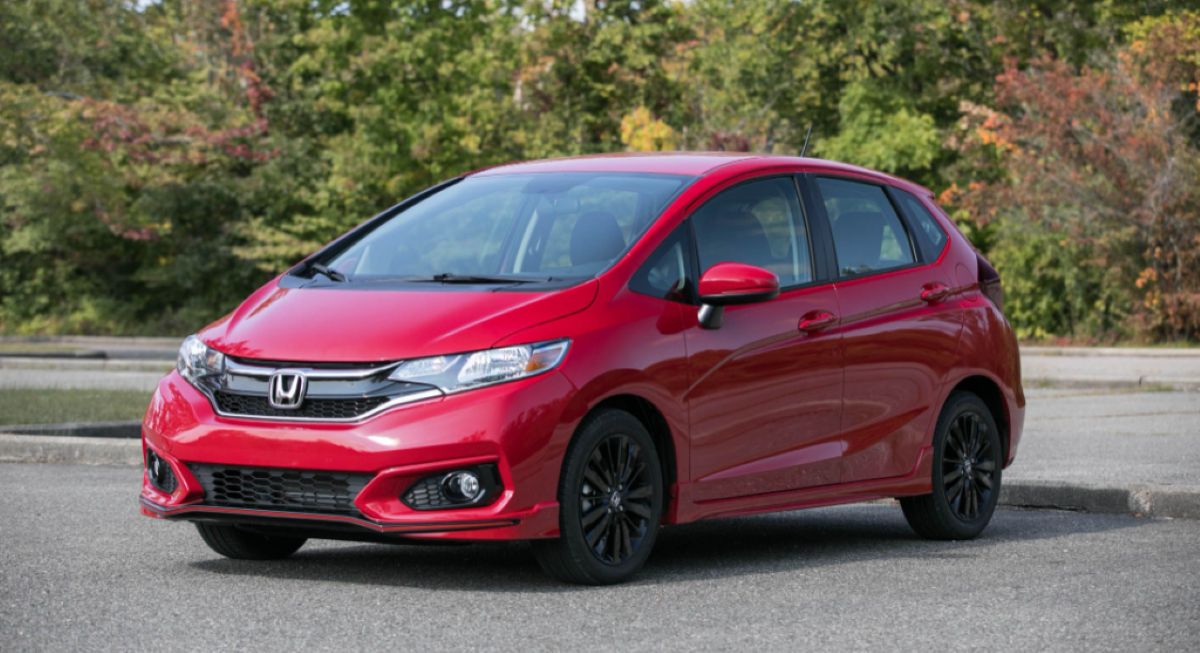
We’re including the 2009–2013 Honda Fit because it’s a favorite in the real world—easy to own, easy to drive, and easy to repair.
For students, commuters, or city dwellers, it’s one of the most sensible used car buys available. When mechanics say “just get a Fit,” this is the generation they mean.
3. 2007–2011 Toyota Yaris (Sedan or Hatchback): Cheap to Run, Built to Last
If you walk into a mechanic’s shop and ask for a used car that almost never shows up with serious problems, don’t be surprised if they mention the 2007–2011 Toyota Yaris.
Whether it’s the sedan or the hatchback, this little Toyota is a bare-bones commuter that does exactly what it promises—and keeps doing it for a very long time.
Powered by a 1.5L 4-cylinder engine (1NZ-FE), the Yaris is as close to indestructible as a modern engine gets. It’s not fast or flashy, but it’s exceptionally durable, incredibly fuel-efficient (averaging 35–40 mpg), and has very few failure points.
No turbocharger, no direct injection, no complicated electronics—just a simple, clean-burning engine that keeps going with basic care.
Mechanics love it because it rarely needs major repairs, and when it does, it’s one of the easiest cars to work on.
The engine bay is open and accessible, fluids are easy to check and change, and common repairs like brakes, wheel bearings, and belts are straightforward. Even timing chain replacements—which aren’t usually needed unless the car is heavily abused—are manageable.
The 4-speed automatic transmission in these years isn’t fancy, but it’s surprisingly tough. While other automatics and CVTs in small cars tend to fail after 100,000 miles, the Yaris’s traditional setup keeps going with little more than fluid changes.
The manual transmission models are even more reliable and tend to last forever in the hands of a careful driver.
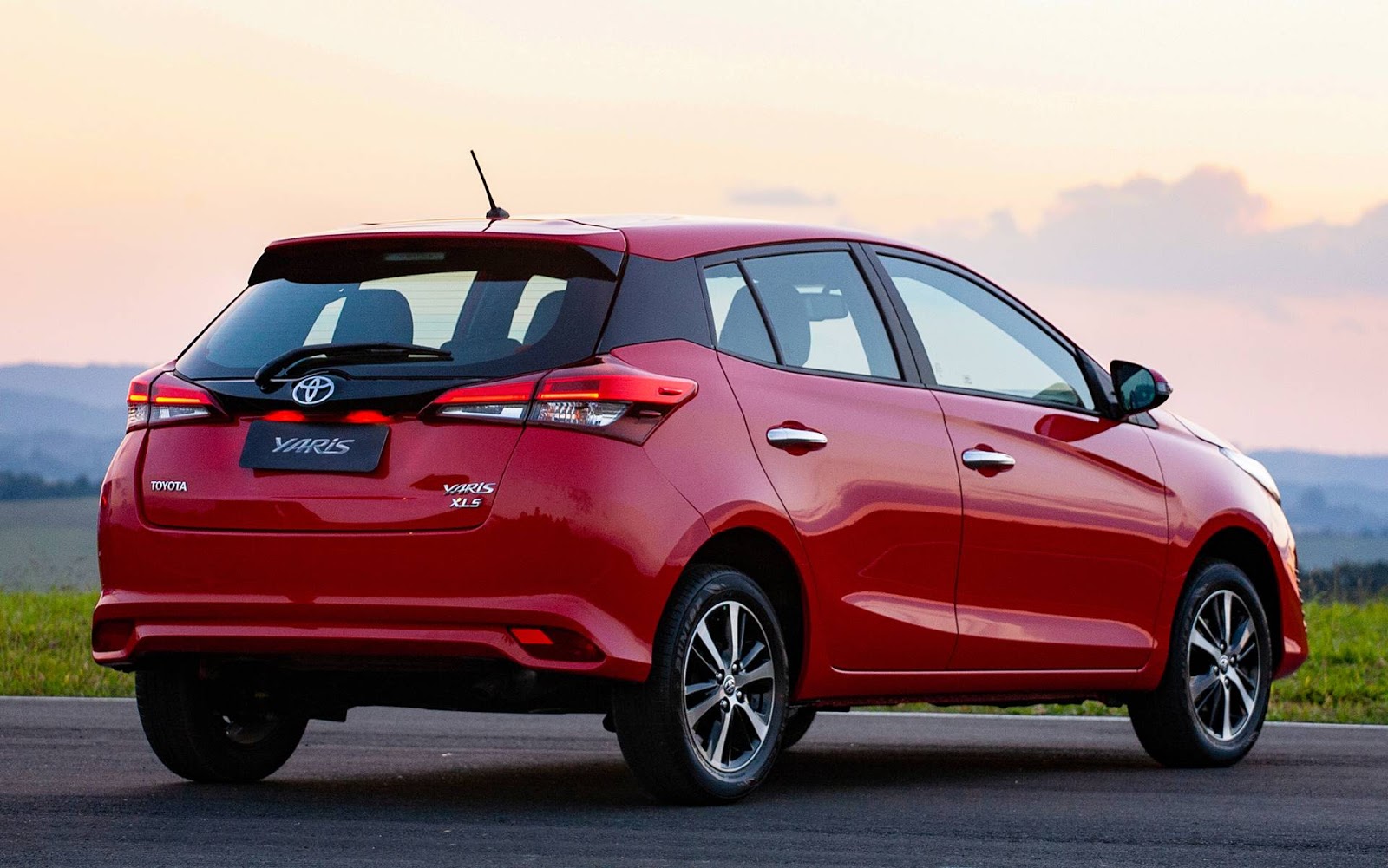
Interior materials are spartan but solid. You won’t get soft-touch plastics or luxury trim, but the switches, knobs, and fabrics hold up well to daily use. The Yaris is also free from the complex infotainment and electrical systems that often plague newer cars.
We’re including the 2007–2011 Toyota Yaris because it’s the definition of low-maintenance driving. It’s perfect for first-time buyers, high-mileage commuters, or anyone who just wants a car that starts, runs, and never makes the mechanic groan when it pulls into the bay.
4. 2004–2009 Lexus RX 330 / RX 350: Luxury That Mechanics Respect
Not all used luxury vehicles are a nightmare to maintain. In fact, ask most independent mechanics which luxury SUV they’d actually recommend, and many will point you straight to the 2004–2009 Lexus RX 330 or RX 350.
This generation of Lexus’s midsize SUV blends upscale comfort with Toyota-grade mechanical reliability, making it one of the few premium vehicles that earns genuine respect from shop owners.
At the heart of the RX 330 and RX 350 is the 3.3L or 3.5L V6, part of Toyota’s rock-solid 3MZ-FE and 2GR-FE engine families. These engines are known for lasting well past 250,000 miles with proper care.
No turbochargers, no finicky electronics—just solid, naturally aspirated powerplants that are simple to maintain and forgiving to own. Even if they develop small oil leaks or aging gaskets over time, those repairs are usually straightforward and well-documented.
Mechanics appreciate that the RX platform shares many parts with Toyota’s Highlander and Camry, meaning parts are abundant and affordable.
From water pumps to control arms, there’s a wide supply of both OEM and aftermarket options. And because these models were so popular, many shops already have hands-on experience with them.
The 5-speed automatic transmission is another point of strength. It shifts smoothly, rarely fails, and is far easier to service than some newer 6- or 8-speed units or CVTs.
These RX models also avoid the overly complex infotainment systems and air suspensions found in many competing luxury SUVs from the same era.
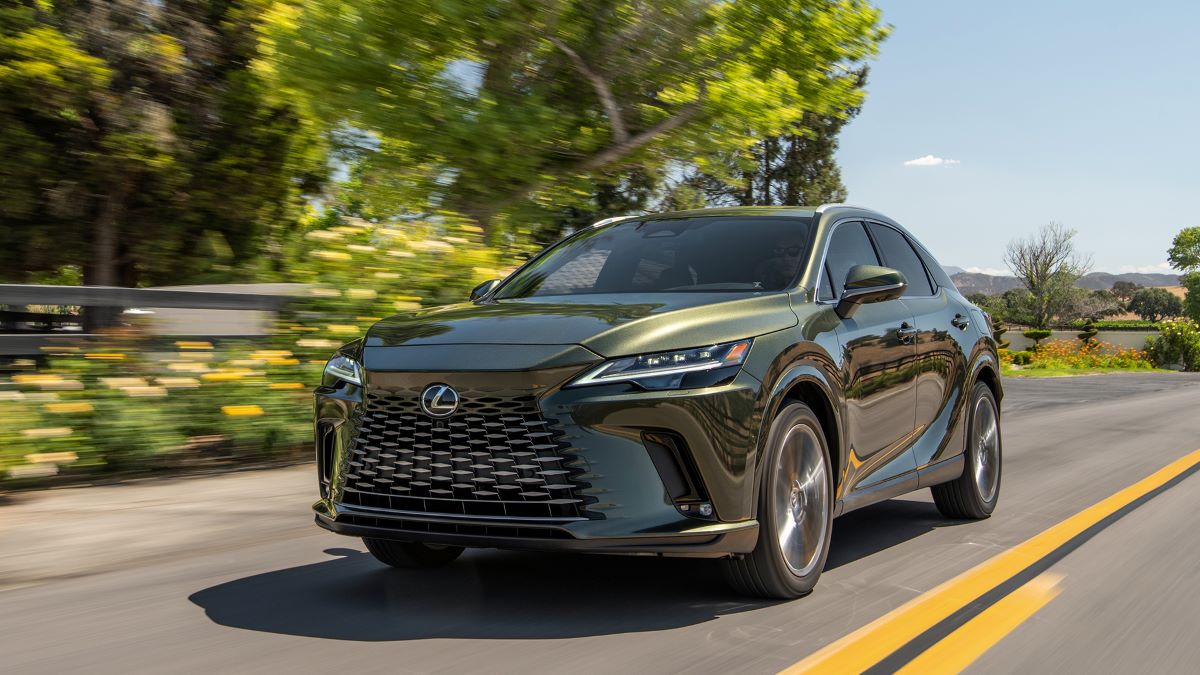
Inside, the cabin is comfortable, well-built, and resistant to wear. Leather seats hold up well, controls are intuitive, and even early RXs came with impressive features like dual-zone climate control and available navigation. Mechanically and cosmetically, these SUVs age gracefully.
We’re including the 2004–2009 Lexus RX because it proves you don’t have to sacrifice reliability to get luxury.
For anyone looking for a refined, used SUV that won’t send you running back to the dealer with electrical nightmares or mystery repairs, this Lexus is one of the smartest picks—and one your mechanic won’t mind seeing in their shop.
5. 2005–2012 Honda Civic (Non-Hybrid Models): The Mechanic’s Favorite Everyday Car
If there’s a single car that independent mechanics would bet their own money on, it’s the 2005–2012 Honda Civic—specifically the gasoline-powered, non-hybrid trims.
Whether you’re buying it for your commute, for a teen driver, or as a backup daily runner, the Civic of this era delivers exceptional longevity, simplicity, and ease of ownership, all at a price point that’s hard to beat.
These Civics are powered by the 1.8L R18A engine, which is widely praised for its balance of fuel economy, power, and bulletproof design.
It doesn’t suffer from the premature oil-burning issues of later Honda engines, and it’s known to keep running well beyond 250,000 miles with nothing more than scheduled maintenance.
It uses a timing chain, not a belt, and doesn’t rely on turbocharging or direct injection—two common sources of costly repairs in modern cars.
Mechanics love how accessible and easy the Civic is to work on. Whether you’re replacing spark plugs, changing the oil, or swapping brake pads, everything is straightforward.
The engine bay isn’t cramped, parts are inexpensive, and the car’s popularity means a deep pool of new and used components.
Transmissions are also a high point—both the 5-speed automatic and the manual versions are dependable and long-lasting when maintained properly.
There are very few drivetrain complaints from this era, and clutch replacements, when needed, are less expensive than in most modern cars.
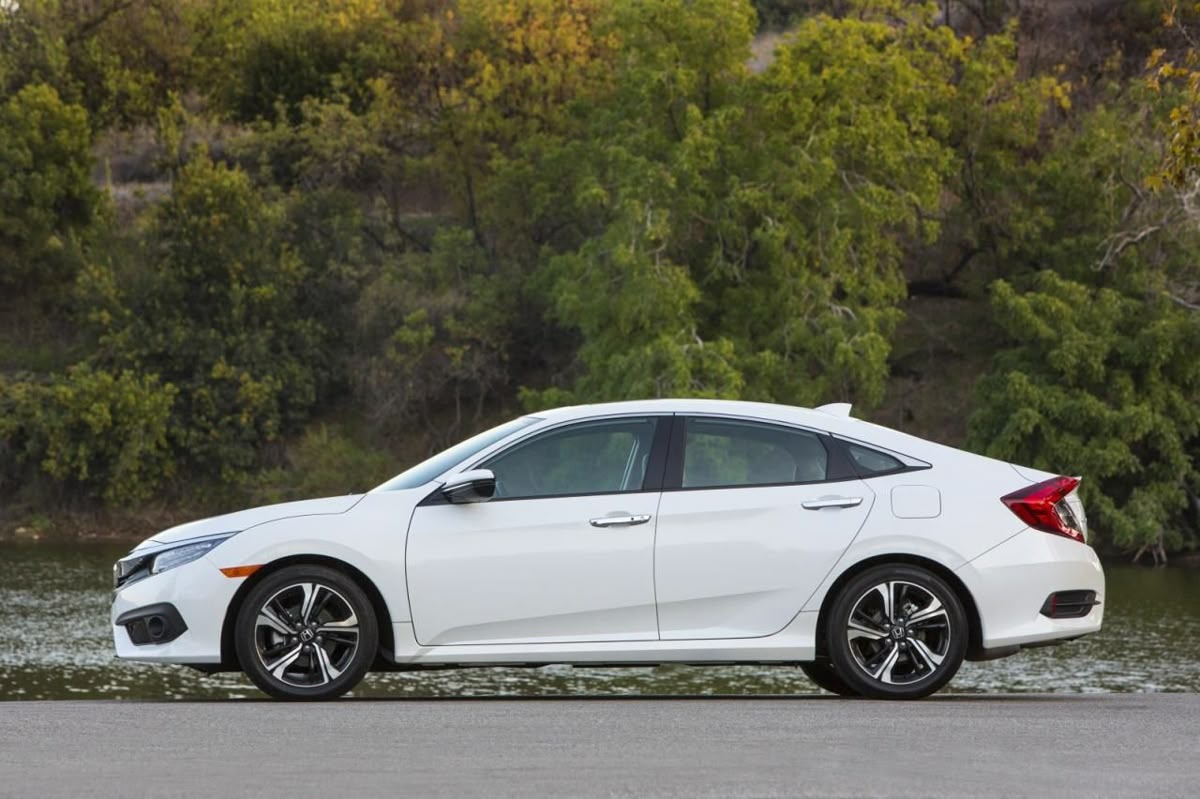
Even the interior, while spartan compared to luxury brands, is built to last. The plastic trim, seats, and electronics generally hold up well under high mileage, and the Civic’s dashboard layout remains intuitive even by today’s standards. It’s not uncommon to find these Civics still on the road with over 300,000 miles.
We’re closing the list with the 2005–2012 Honda Civic because it’s one of the few used cars that earns both consumer loyalty and mechanic respect.
Affordable, dependable, and easy to keep running, it remains a used-car all-star—and one of the first vehicles a seasoned technician will recommend without hesitation.
5 Used Cars Mechanics Won’t Touch
For every car mechanics praise, there’s another they roll their eyes at the moment it rolls into the bay.
These are the models that may look appealing on a dealership lot or come with flashy tech and low sticker prices, but under the hood, they’re ticking time bombs. And who knows that better than the person tasked with fixing them?
This list highlights five used cars that mechanics often warn buyers to avoid altogether. Some are plagued with design flaws, others with expensive or frequent failures, and a few are just plain miserable to work on.
Even skilled technicians sometimes refuse to service them—either because repairs are too time-consuming, too expensive for the car’s value, or because they know that one fix is likely the start of a long, costly chain of problems.
These cars might still be on the market at a tempting price, but that discount often hides the true cost of ownership.
Mechanics know what’s hiding behind the dashboard rattle or transmission delay—and they’ve seen too many customers burned by vehicles that break far too soon and cost far too much to keep alive.
This isn’t just about reputation—it’s about real-world experience. If a car makes mechanics groan before they even pop the hood, it’s worth asking why. And usually, the answer isn’t good.
1. 2011–2015 Ford Fiesta (PowerShift Transmission Models): The Subcompact That Sent Drivers—and Mechanics—Over the Edge
If there’s one car that mechanics love to avoid and drivers quickly learn to regret, it’s the 2011–2015 Ford Fiesta—particularly the versions equipped with the PowerShift dual-clutch automatic transmission.
At a glance, the Fiesta seems like a smart used-car buy: compact, fuel-efficient, and attractively priced. But under the skin lies one of the most notoriously unreliable drivetrains of the past decade.
The issue lies squarely with Ford’s 6-speed dry-clutch PowerShift automatic (DPS6), designed to improve fuel economy by mimicking the function of a manual while providing the convenience of an automatic.
In theory, great. In practice, a disaster. These transmissions are infamous for shuddering, jerking, slipping, delayed engagement, and outright failure—often well before the car hits 60,000 miles. Mechanics dread these jobs, not only because the repairs are complex, but because the fixes often don’t last.
Ford issued multiple technical service bulletins, software updates, and extended warranties, but even with these efforts, many Fiestas continue to experience the same problems.
Transmission control modules (TCMs), clutch actuators, and seals frequently fail—and replacements are expensive relative to the car’s value. In many cases, it’s simply not worth repairing a failing Fiesta.
Beyond the drivetrain, the Fiesta has other issues. The cabin is cramped, interior materials are cheap and prone to wear, and the suspension and steering components don’t age gracefully—especially in areas with poor road conditions.
Owners also report electrical gremlins, such as faulty sensors, glitchy infotainment systems, and power accessory failures.
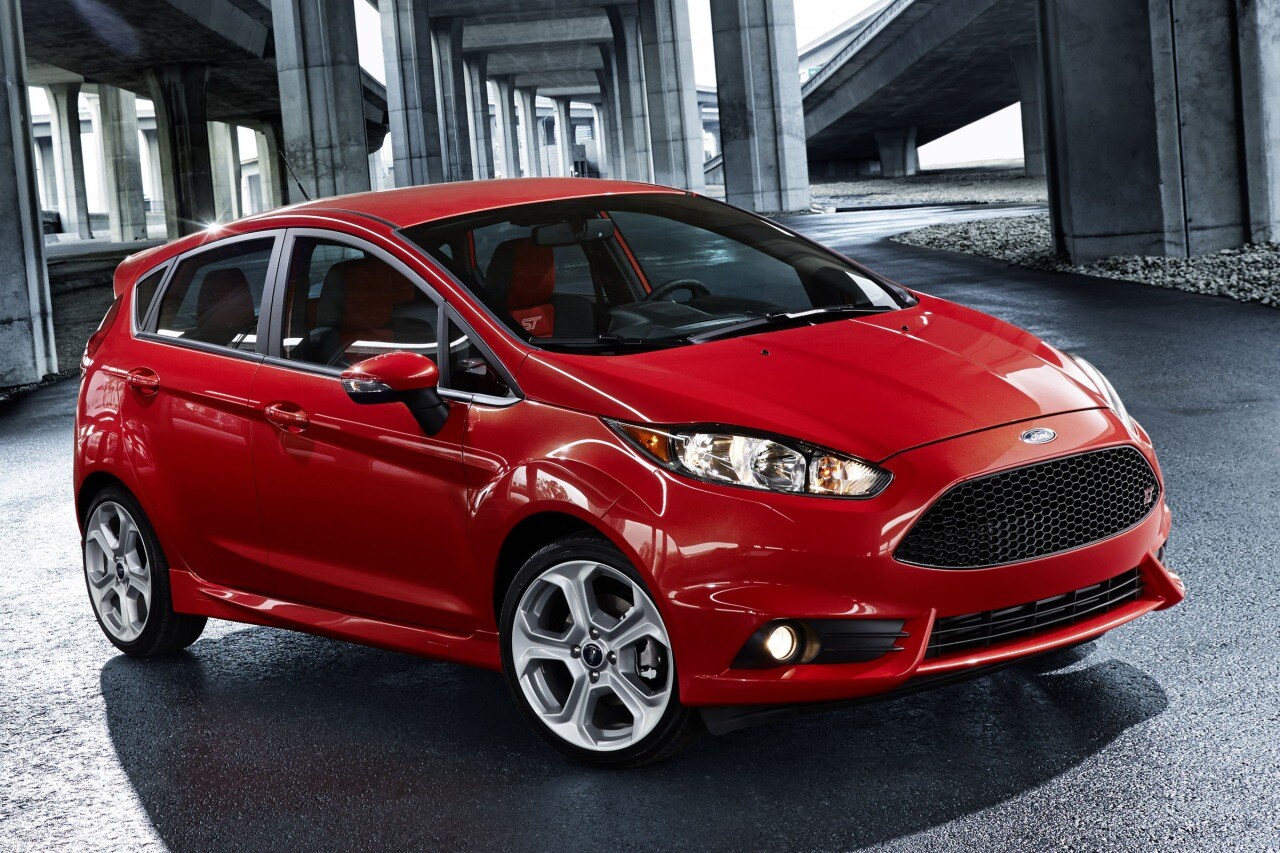
Mechanics often recommend avoiding these models entirely—not because they can’t fix them, but because the fixes are unreliable and the overall quality is low.
For budget-conscious buyers, the Fiesta’s bargain price tag is a trap: what seems like a deal quickly becomes a recurring expense.
We’re starting this list with the Ford Fiesta because it’s the textbook case of a used car that looks good on paper but causes mechanics and owners equal levels of frustration.
Unless you’re buying one with a manual transmission—and even then, cautiously—it’s best left off your list.
2. 2008–2012 BMW 7 Series (F01/F02 Models): Luxury That Breaks the Bank—and the Mechanic’s Patience
The 2008–2012 BMW 7 Series, part of the F01/F02 generation, might seem like an incredible deal on the used market.
Sleek design, plush interiors, and a brand name that screams prestige—it’s hard to believe you can pick one up for the price of a new economy car. But mechanics know better. They’ve worked on these cars, and most wish they hadn’t.
The problem? Complexity—and lots of it. The 7 Series from this era is loaded with high-end features: adaptive air suspension, multi-mode transmissions, active steering, advanced infotainment, and countless sensors, modules, and computers.
All of this tech sounds impressive until it starts to fail—and it will. Diagnosing issues on these cars often requires proprietary tools, deep system knowledge, and hours of labor, which quickly turns into sky-high repair bills.
The engines are no less problematic. The twin-turbocharged V8 (N63) used in the 750i is infamous for timing chain issues, oil consumption, and overheating, often requiring partial engine teardown or full replacement.
BMW launched multiple service campaigns, but even “fixed” models aren’t immune. Meanwhile, the high-end V12 in the 760Li is so complex and repair-averse that even some dealerships hesitate to take them on.
Electrical problems are also rampant. From failing iDrive controllers and glitchy dashboards to misbehaving sensors and phantom battery drains, these cars can become an endless cycle of check engine lights and mystery malfunctions.
Just replacing a single air suspension component or repairing a stuck door soft-close system can cost more than $2,000.
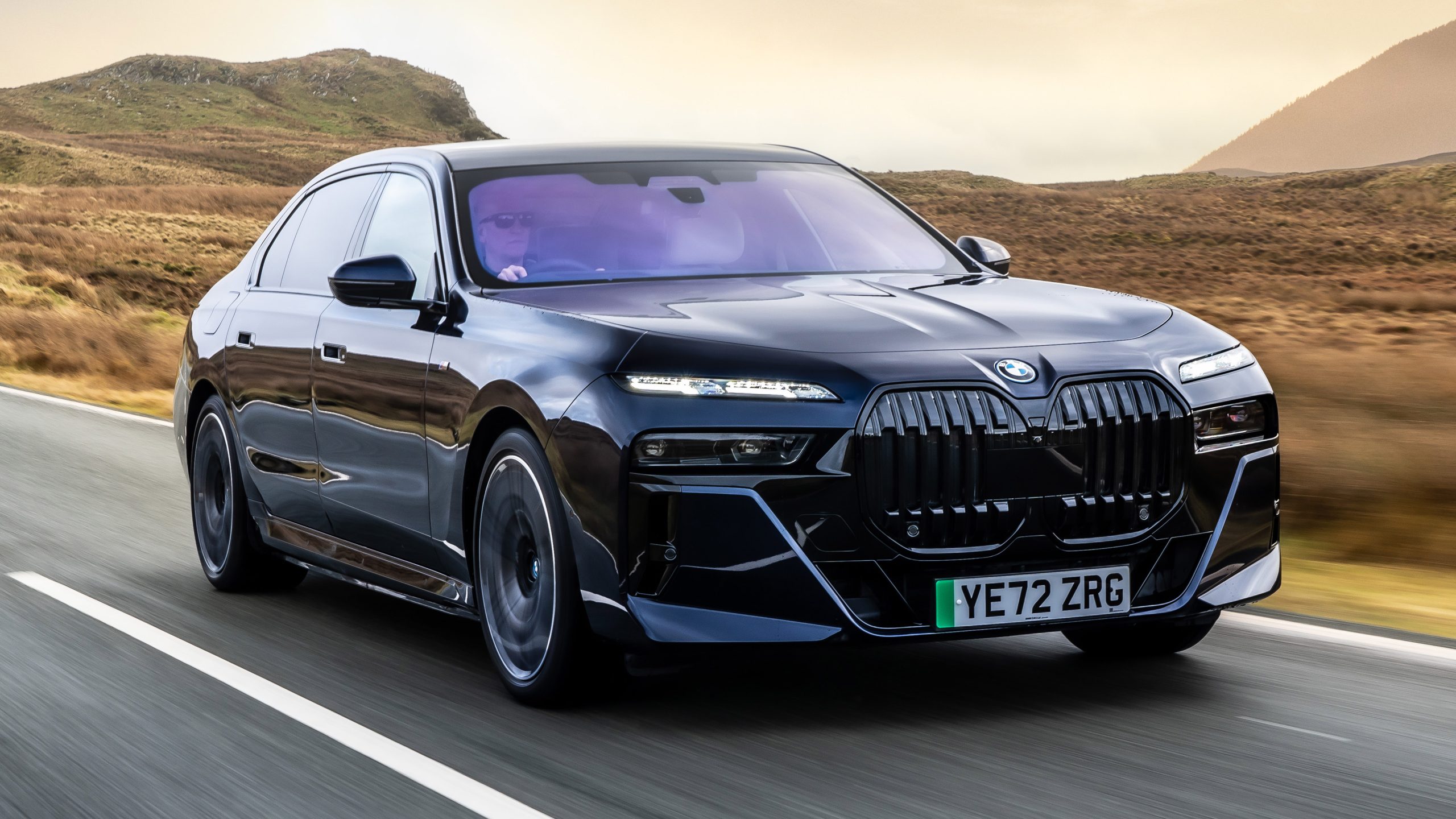
Mechanics often decline to take on these cars for anything beyond basic maintenance because of the labor-intensive nature of repairs, limited parts accessibility, and unpredictable results. When one system fails, it often drags others with it, making what should be a straightforward fix an expensive cascade.
We’re including the 2008–2012 BMW 7 Series because it’s a perfect example of a car that over-delivers on luxury and under-delivers on reliability.
For those without deep pockets and a trusted European specialist on speed dial, it’s a used car that will wear down your wallet—and your mechanic’s patience.
3. 2010–2014 Dodge Journey: The SUV That Wears Out Everyone—Including Mechanics
The 2010–2014 Dodge Journey might seem like a great used SUV deal: it’s got three rows, a modern look, and often comes fully loaded for less money than a comparable midsize sedan.
But ask any mechanic if they’d buy or recommend one—and chances are, you’ll get a hard no. This is a notoriously problematic vehicle, awkward to work on, and frequently more trouble than it’s worth.
One of the main issues is the powertrain, especially the early 2.4L four-cylinder models and the underwhelming 3.5L and 3.6L V6 engines. The 2.4L struggles to move the vehicle’s weight efficiently and is prone to timing chain tensioner issues, oil leaks, and overheating.
The 3.6L Pentastar engine, while better in theory, has been associated with early valve guide wear, head failures, and water pump issues—especially when poorly maintained.
Then there’s the transmission, a 6-speed automatic that’s prone to slipping, harsh shifts, and premature failure, especially in AWD configurations.
Diagnosing and fixing these issues is not only frustrating but expensive relative to the vehicle’s declining resale value.
Mechanics also gripe about the terrible engine bay layout. Even basic maintenance tasks like changing spark plugs or replacing the battery can require removing multiple components, wasting time and driving up labor costs.
Several common components are buried behind shields and brackets, making minor fixes into major jobs.
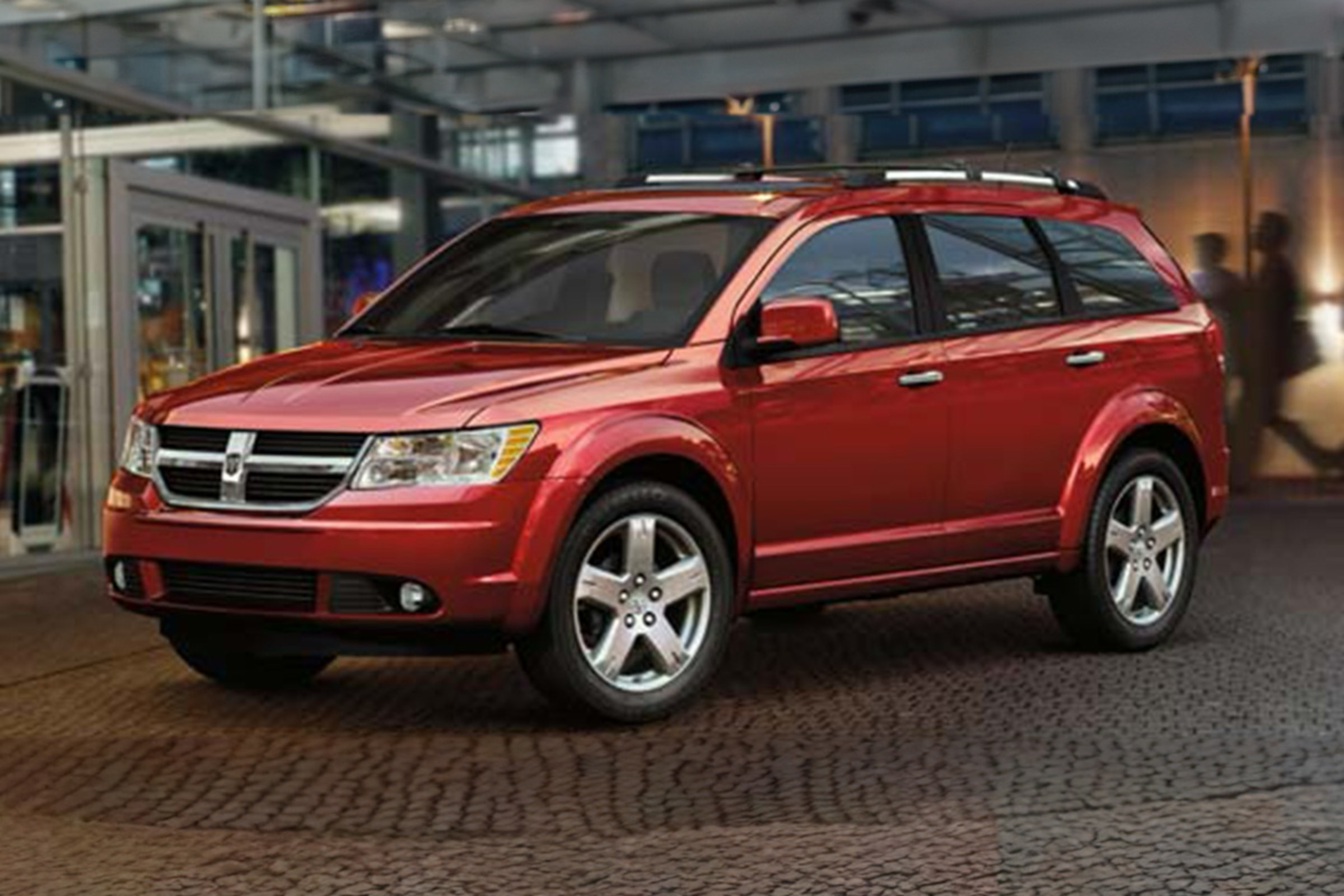
And it doesn’t stop there. The interior, while decently equipped, suffers from subpar build quality. Expect broken seat tracks, malfunctioning door locks, and failing HVAC systems—especially the rear air controls.
Electrical gremlins also plague this vehicle, with dash lights, infotainment systems, and sensors often requiring repeated dealer visits.
We’re including the Dodge Journey because it’s a prime example of a car that looks good on paper but creates a world of headaches in real-world ownership.
It’s not just that it breaks—it’s that when it does, it’s a nightmare to repair. That’s why many mechanics say the same thing when it shows up in the shop: “You should’ve bought something else.”
4. 2012–2016 Chevrolet Cruze (1.4L Turbo Models): Small Car, Big Problems
The 2012–2016 Chevrolet Cruze was introduced as GM’s answer to fuel-efficient, tech-savvy compact sedans like the Honda Civic and Toyota Corolla.
But what looked like a smart, modern choice on the lot quickly revealed itself to be one of the most mechanically frustrating cars of its time—especially in the popular 1.4L turbocharged models.
At the heart of the Cruze’s issues is that 1.4L Ecotec turbo engine. While it delivers decent fuel economy on paper, mechanics see a very different story: overheating, coolant leaks, cracked cylinder heads, oil leaks, and turbocharger failures—often before the car reaches 100,000 miles.
The most common culprit? A poorly designed cooling system. Plastic water outlet housings and thermostat units are notorious for cracking and warping, which causes repeat overheating and engine damage if not caught early.
Turbochargers on these engines also wear out quickly, leading to poor performance, excessive oil consumption, and expensive replacements. Worse, many of these components are crammed tightly under the hood, making even basic repairs a labor-intensive process.
Mechanics particularly dislike the Cruze because repairs are deceptively difficult. For instance, something as simple as a valve cover replacement requires removing multiple components and dealing with parts that are prone to breaking during reassembly.
In addition, electrical issues with the throttle body, mass airflow sensor, and cooling fan control modules are frequent—and often misdiagnosed without specialized tools.
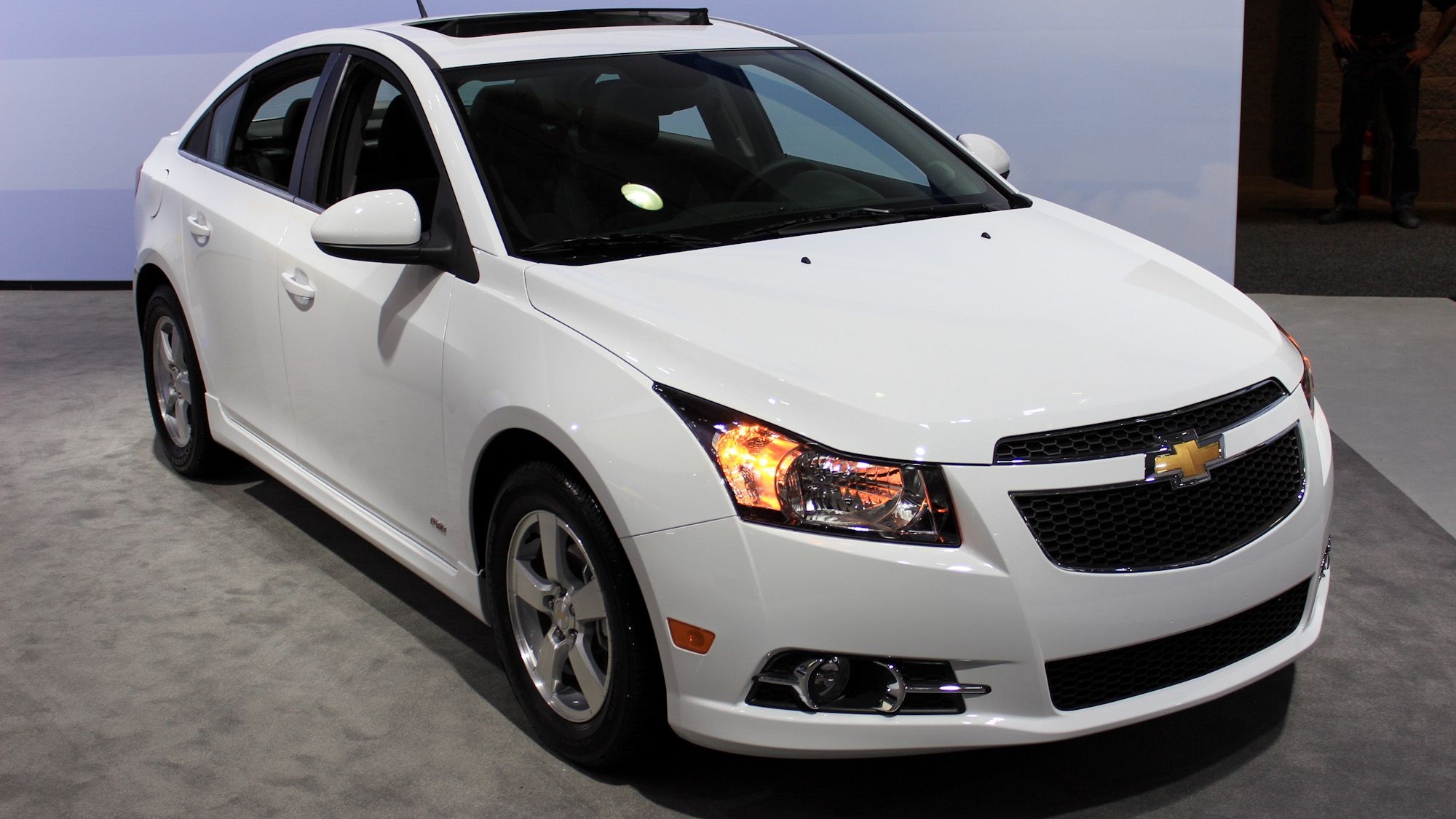
The automatic transmission, too, isn’t exempt from criticism. The 6-speed units are known for rough shifting and early failure, especially when fluid changes are neglected (and they often are due to GM’s “lifetime fluid” claims).
Interior build quality doesn’t help matters. With age, owners frequently report cracking dashboards, failed door locks, and broken HVAC controls, making it feel older than it is.
Mechanics often advise against investing in these cars because the repair bills quickly exceed the vehicle’s value—especially when multiple issues hit at once, which they often do.
We’re including the Cruze because it’s a perfect example of how poor engineering and cost-cutting can turn a promising car into a money pit—one that even your mechanic would rather not deal with.
5. 2002–2006 Mini Cooper (R50/R53): Charming Looks, Constant Repairs
Few cars can match the 2002–2006 Mini Cooper in terms of charm, personality, and quirky styling. But beneath that iconic design lies one of the most mechanically troublesome small cars on the used market—a car that has soured many owners and earned a firm “no thanks” from mechanics.
Built under BMW ownership, the first-generation modern Mini Cooper (chassis codes R50 and R53) was designed to blend German engineering with British flair.
Unfortunately, that meant it inherited BMW’s complexity with none of its long-term reliability. The result? A car that’s notoriously fragile, overengineered, and expensive to fix.
The base 1.6L engine suffers from timing chain tensioner failures, oil leaks, and head gasket issues, while the supercharged Cooper S adds more power—and more problems.
The Eaton M45 supercharger, for example, has known issues with its oil system and bearings, which are expensive and labor-intensive to service. Cooling systems are also a weak spot, with water pumps, thermostats, and radiators frequently failing—sometimes catastrophically.
Beyond the engine, the transmission is another headache. The CVT in base models is known to fail early and is nearly impossible to repair affordably—most shops will recommend full replacement, which can cost more than the car is worth.
Manual transmissions are more durable, but clutch and throwout bearing failures are common and pricey.
Mechanics dislike working on these Minis because access is a nightmare. Even routine maintenance often requires removing bumpers or motor mounts.
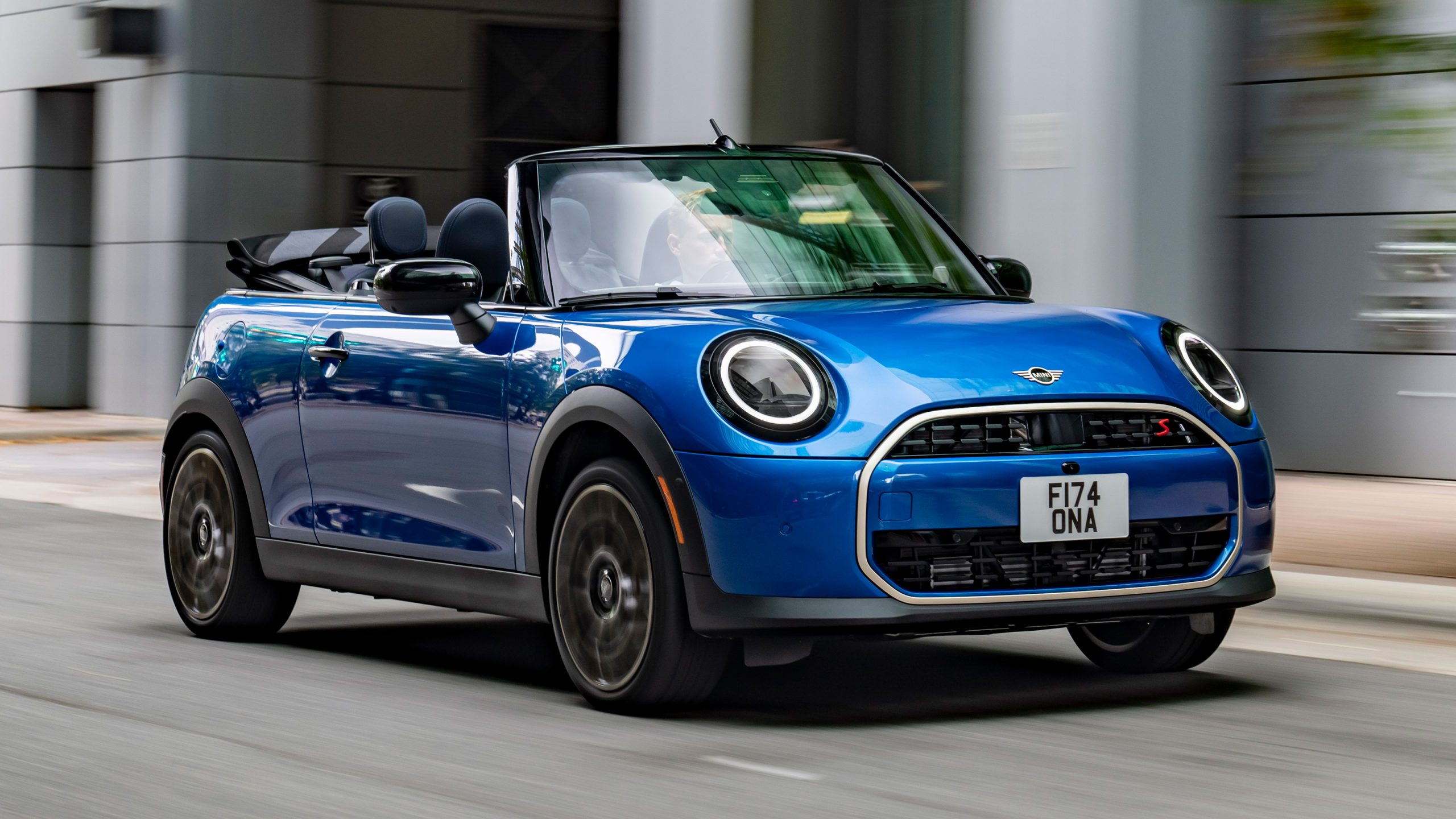
Labor times are long, and the parts aren’t cheap. Electrical gremlins—faulty window regulators, glitchy instrument clusters, and inconsistent warning lights—add to the frustration.
Owners are often blindsided by how frequent and costly the repairs become, and mechanics will frequently warn: “If you buy it, budget another few thousand just to keep it running.”
We’re closing this list with the Mini Cooper because it represents one of the most deceptive used car buys—fun on the surface, but a headache underneath.
Unless you’re a mechanic yourself or enjoy weekend wrenching, this Mini is more likely to empty your wallet than deliver smiles per mile.
When it comes to used cars, mechanics see through the shine and sales pitches. They don’t care about fancy ads, touchscreen tech, or how sleek a model looks in a driveway.
They care about what happens after 60,000, 100,000, or 200,000 miles—when the warranty ends and the real ownership experience begins. And that’s why their advice is pure gold for buyers trying to avoid a money pit.
In this guide, we’ve looked at two extremes: cars mechanics trust and cars they avoid like the plague. The Toyota Camry, Honda Civic, and Lexus RX prove that durability, simplicity, and good design never go out of style.
These models earn respect by lasting long, requiring minimal intervention, and being cost-effective to repair when something finally does go wrong.
On the flip side, cars like the Ford Fiesta, Mini Cooper, and BMW 7 Series look appealing—until they start throwing codes, leaking fluids, or blowing transmissions.
Some are cursed by poor engineering, while others suffer from cramped engine bays, hard-to-find parts, or over-complicated systems. Either way, they make mechanics’ jobs harder—and owners’ wallets lighter.
So what should you take away? Always go beyond the surface. A used car might look like a deal, but if it’s on every “do not buy” list in your local shop, that discount might be fool’s gold.
The models mechanics recommend aren’t always exciting, but they’ll get you to work, carry your family, and cost far less to keep on the road.
Before buying a used car, talk to a mechanic—not a salesperson. Ask what they drive, what they’d recommend to their own family, and what they dread seeing roll into their bay. Their experience can save you thousands—and a lot of stress.
In the end, reliability isn’t just about fewer breakdowns. It’s about peace of mind. And no one knows where that peace begins—or ends—better than the people who fix cars for a living.
Also Read: 5 Sedans With the Best Key Fob Range and 5 That Fail At Distance

